(CLO) On the first day of the year, the village elder will go to the communal house to perform a ceremony to pray to Yang (Giang, sky, gods) to bless all people in the community with good health and a bountiful harvest. This is a unique custom of the Ba Na people, helping them unite, bond with each other, and overcome difficulties in life.
Ceremony to pray to Yang (God, sky, spirit) to grant health to all people in the community
More than 120km from Pleiku city, Mohra village still preserves many unique cultural identities of the Ba Na people. This place belongs to the administrative boundary of Kong Long Khong commune (Kbang district, Gia Lai province). On a winter afternoon, village elder Hmunh (70 years old) is herding cows on the mountainside behind his house.
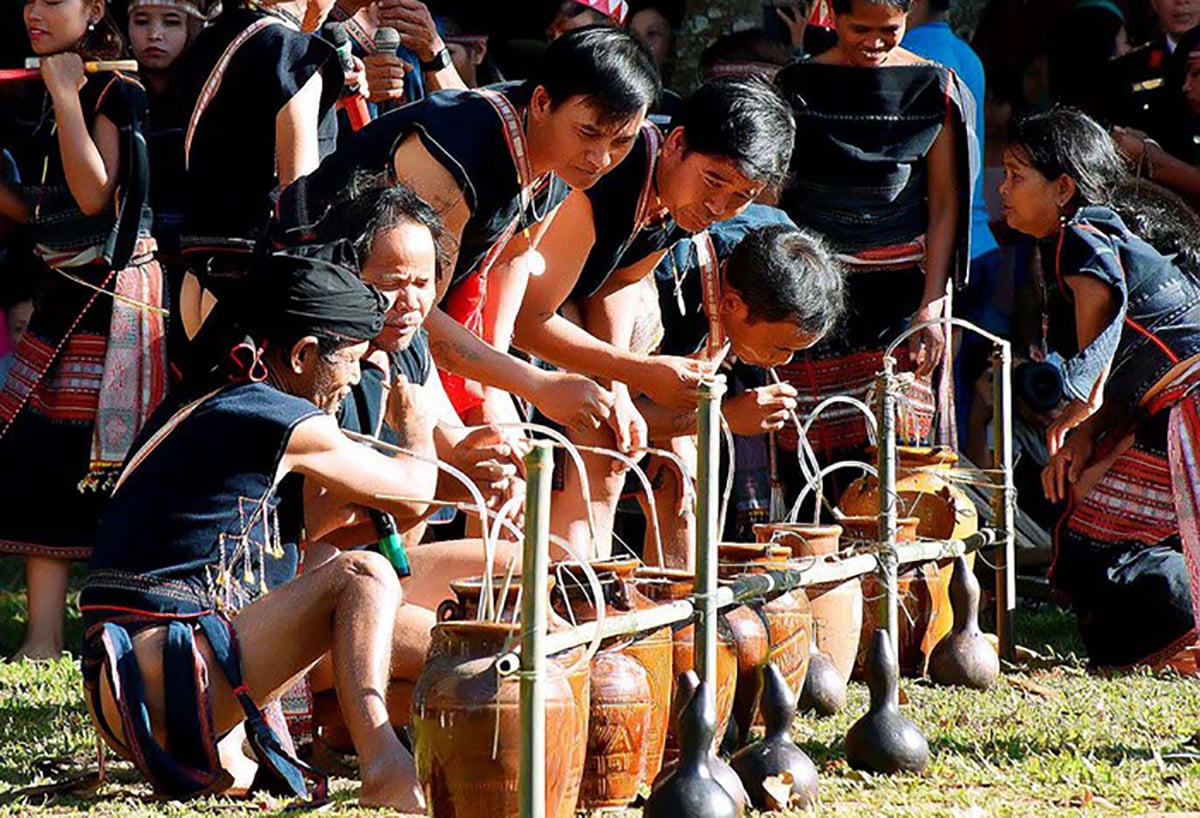
Yang worship ceremony of the Central Highlands people.
He limped miserably because his right knee was hit by an American bullet that went through it from front to back during a battle in 1970. In wartime, he was brave and courageous, and in peacetime, he was a reputable and hard-working man. That's why everyone in the village of Mohra loved and admired him.
He liked to be called “Uncle Ho’s soldier” Hmunh. He always followed Uncle Ho’s teachings, which is why the people of Mohra village assigned him the important position of asking Yang to give Mohra village good health and a good harvest.
“I don’t do bad things, I don’t lie, so the people let me hold a ceremony to pray for Yang’s health and rice. The ceremony is a spiritual support, to reassure people in the face of unexplained unusual events. I am a soldier of Uncle Ho, a nephew of Uncle Nup (Hero Nup - PV) so I am not superstitious, I don’t hold ceremonies to cure diseases, if people from Mohra village or other places are sick, I tell them to go to the hospital” - said village elder Hmunh.
Continuing, village elder Hmunh said that the ceremony to pray for Yang to give people good health is very important to the Ba Na people. The ceremony takes place at the beginning of the first lunar month, with everyone in the village present. Therefore, if the ceremony is held tomorrow, it must be announced in the afternoon so that people can prepare.
The offerings are very simple, all the people contribute money to buy, including 1 female pig cooked into 3 dishes, 1 hen, 1 chicken egg. Then cook rice in 3 Go Bay pots (bronze pots) of different sizes.
The first pot of seven small pots must be cooked with new rice, the pot must be washed very clean, this rice will be for the elders in the village to eat, the remaining two pots will be used to cook rice for the whole village to eat. If the elders or shamans have leftovers, they must share them with their children and grandchildren, they cannot take them home or throw them away. After the procedure is completed, a newly bought mat is spread out for the shaman to perform the ceremony at 1:00 pm.
“We perform the ceremony in the communal house. We sit down, clasp our hands and pray to Yang for the villagers to be healthy, have a prosperous business, have good luck on the road, and have kind people help us,” said village elder Hmunh, who advised that after the ceremony, everyone must eat and drink politely and not sing or dance.
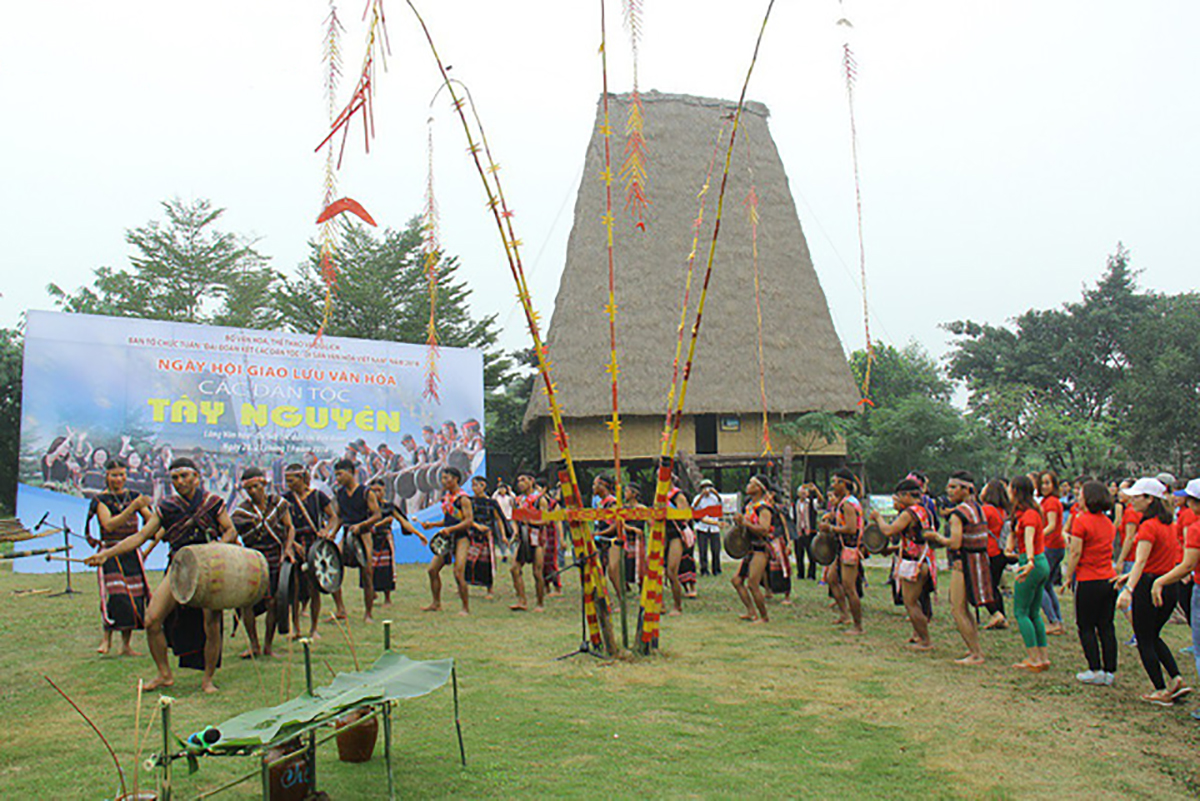
Festival of the Ba Na people in the Central Highlands.
Kuai worship ceremony (praying for favorable weather and good harvest)
After praying for the villagers' health for a few days, village elder Hmunh will choose a sunny day to perform the kuai ceremony - praying for favorable weather and a bountiful harvest.
The offering ceremony includes 1 pig, 1 chicken, and wine. This offering ceremony cannot lack a le tree cut from the forest. The le tree must be hard, evenly curved, and not too old. The Hmunh village elder will personally whet the le tree, but will keep 3 long branches. The top of the le tree is tied with 3 bamboo rings, then tied with a 1m long forest rope, and at the end of this rope are also 3 bamboo rings.
Before performing the offering, village elder Hmunh will burn the resin of the Gul tree, which has a very fragrant smell, to “call” Yang back. “This resin is very hard to find, you have to go through the forest for many days and be lucky to find it,” said village elder Hmunh.
After completing the procedure, the Hmunh village elder will first turn the top of the le tree to point towards the rising sun. Under the le tree, the Hmunh village elder will pray for favorable weather, no storms, and no too much sunshine. The Hmunh village elder puts his two palms together and raises and lowers them while praying: “Today my village has 1 pig, 1 chicken, 1 jar of wine for Yang. Yang, please help the villagers grow rice with many grains and big cassava tubers. Please Yang for a bountiful harvest. We will live in unity, harmony, and not deceive anyone.”
Next, the village elder Hmunh turned the le tree to the South, asking for good luck in business; turned it to the North to ask for cotton to make loincloths and dye beautiful fabrics; turned it to the West to ask for water so that the tree would not dry out and the villagers could do business in cool weather.
“The Ba Na New Year ceremony is a beautiful feature of Ba Na traditional culture. In fact, it is an occasion for everyone in the community to meet, chat, have fun and at the same time look back on the past year, and make a commitment together (with the witness of the gods - according to the people's beliefs) to live well and usefully in the new year. That is something precious and should be preserved,” said Nguyen Quang Tue, a researcher of Central Highlands culture.
Source: https://www.congluan.vn/le-cung-dau-nam-cua-nguoi-ba-na-o-tay-nguyen-net-dep-van-hoa-truyen-thong-post326191.html


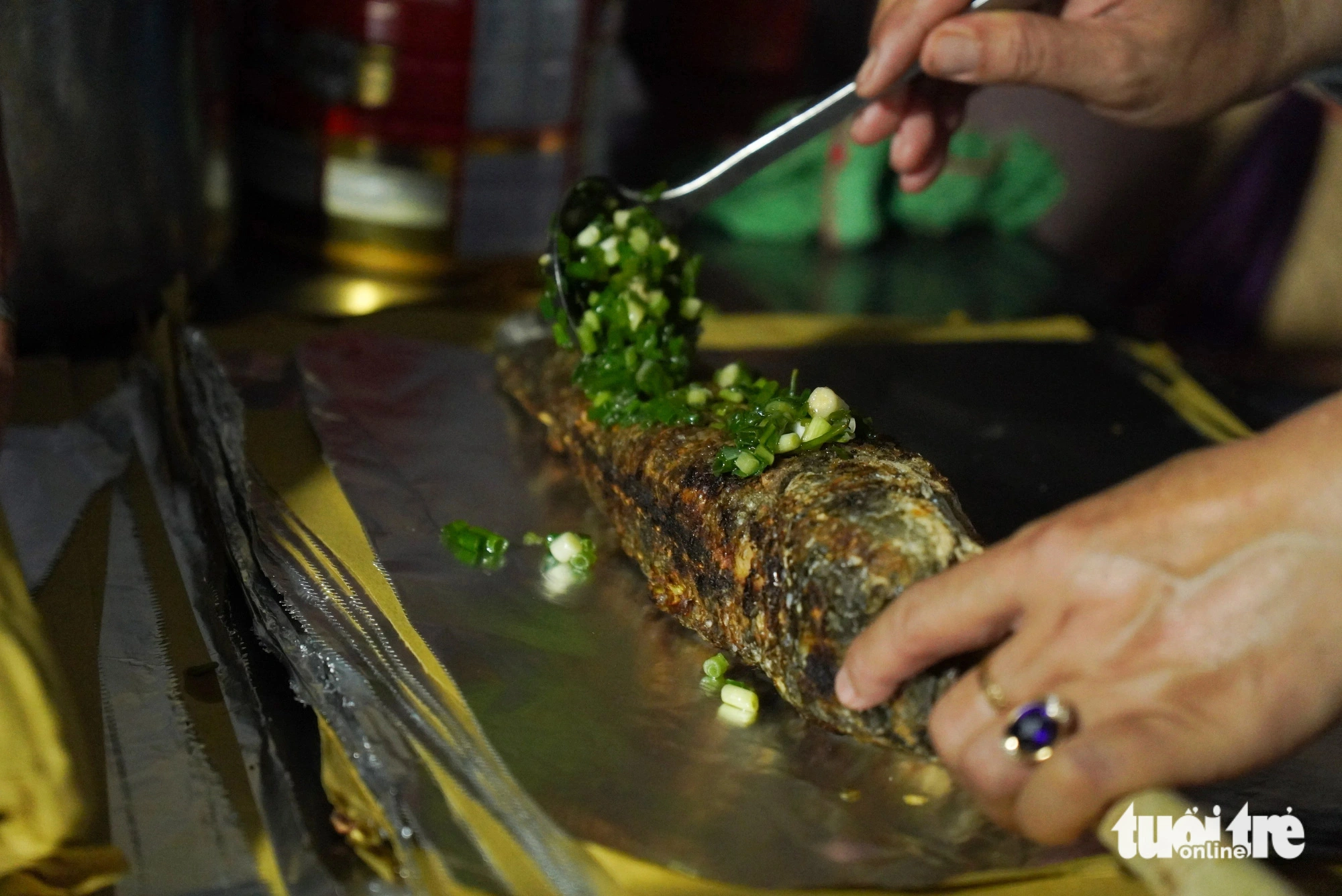


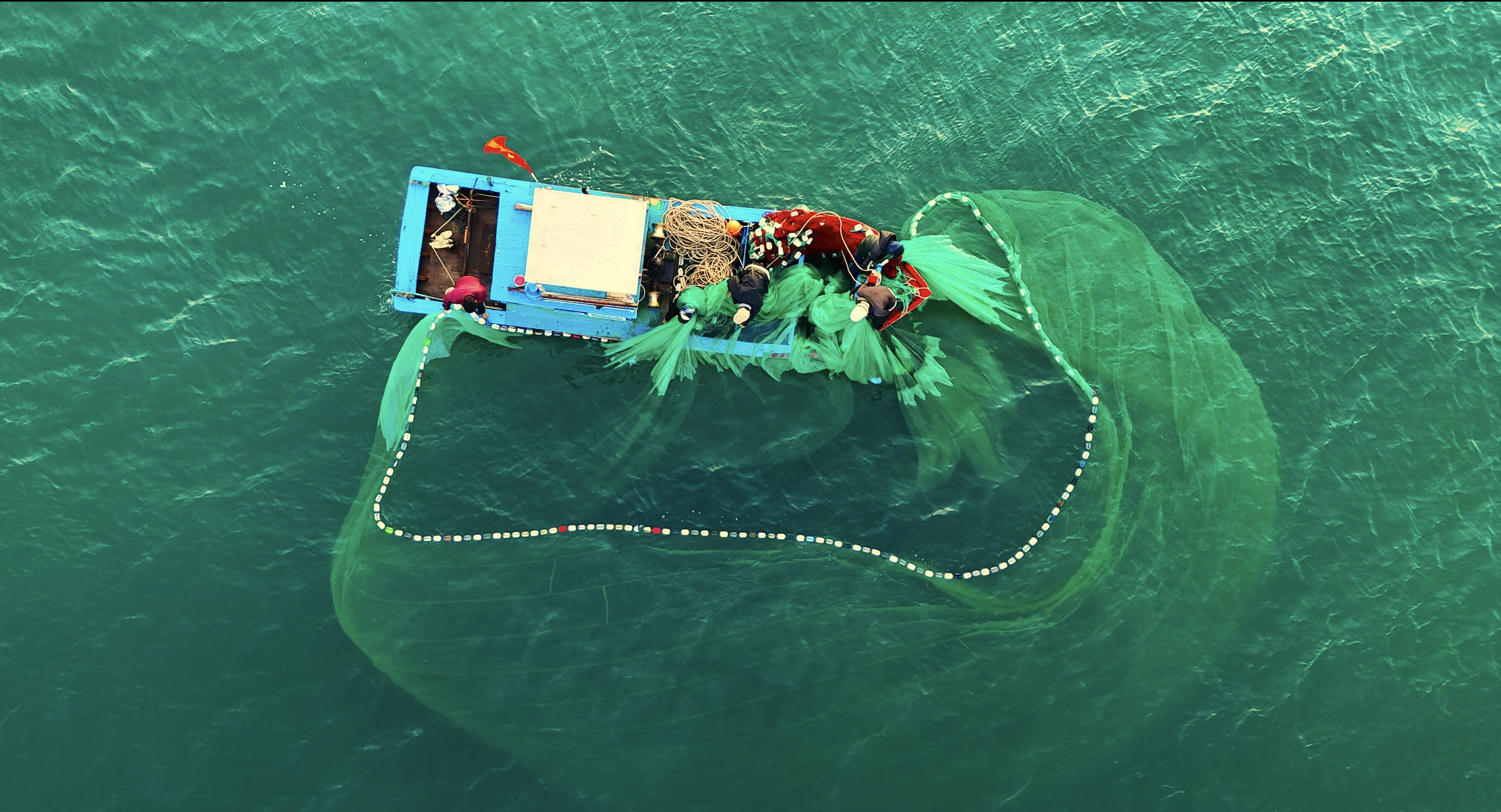
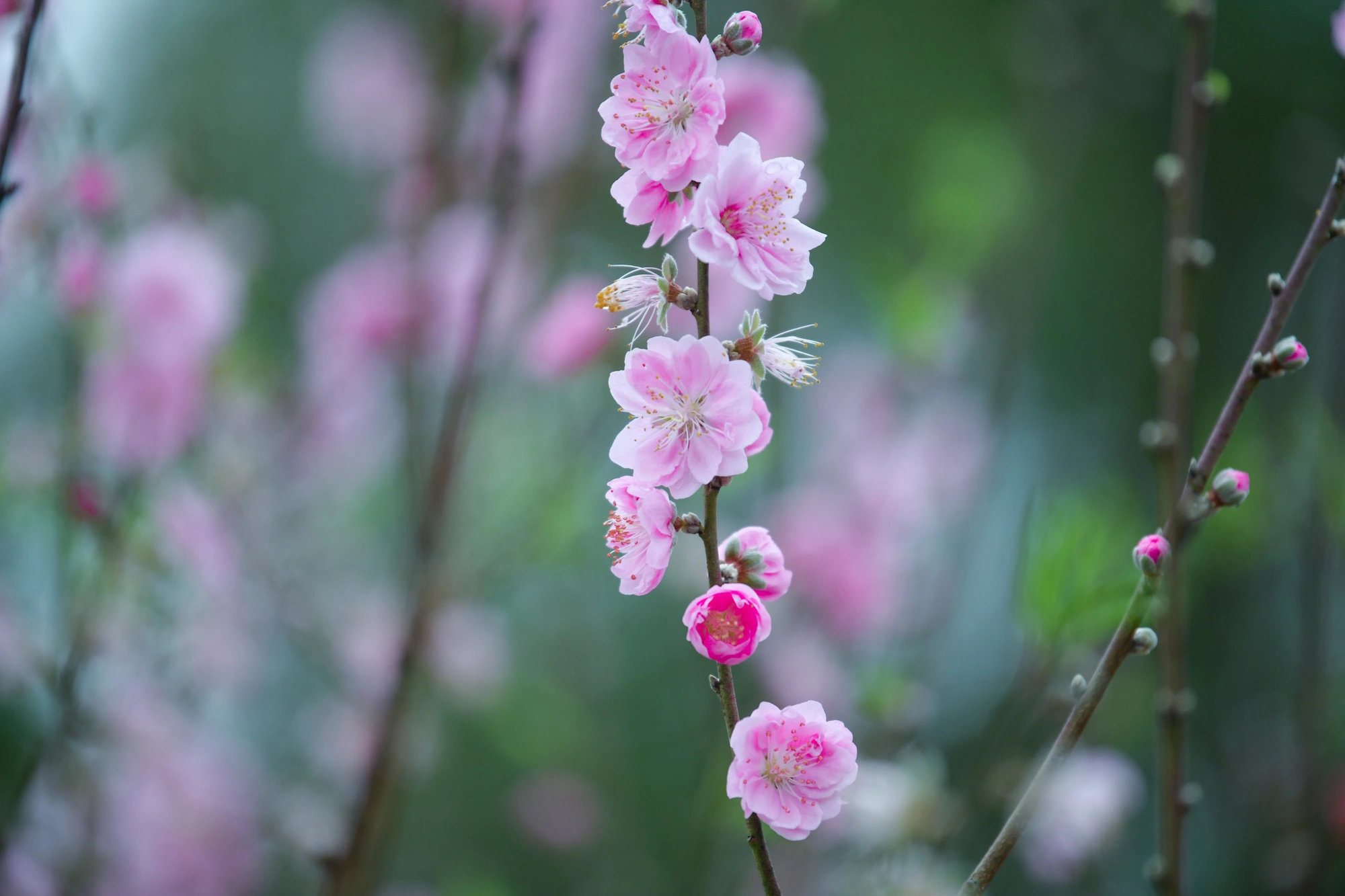
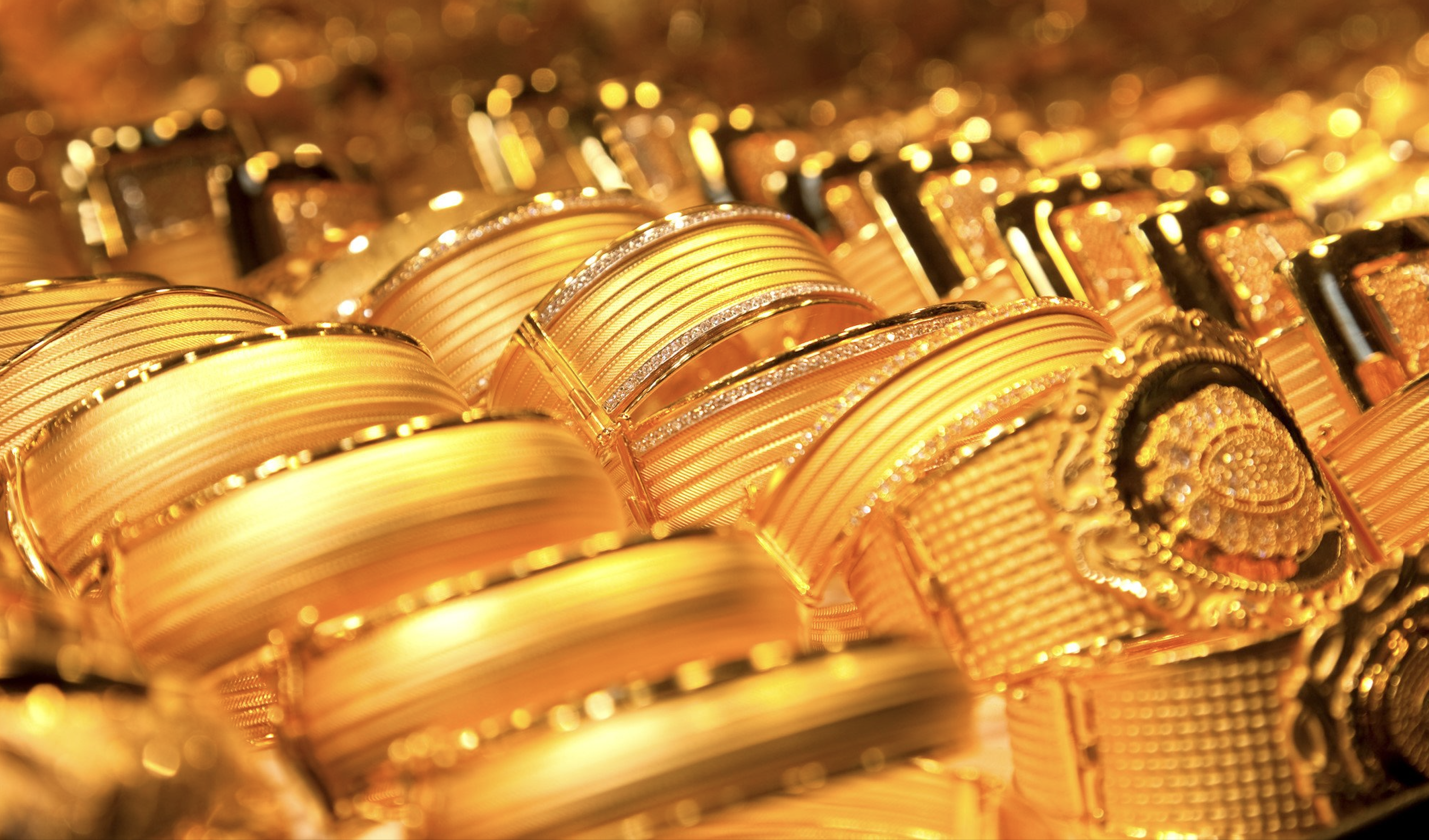




















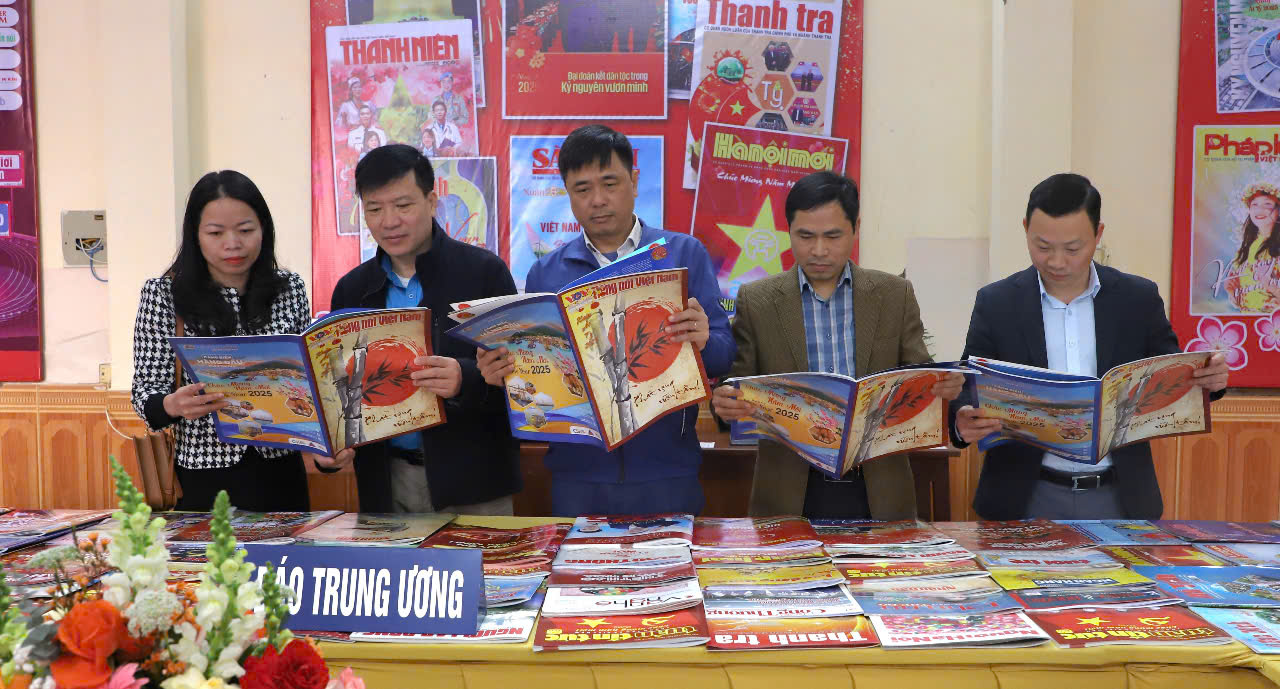



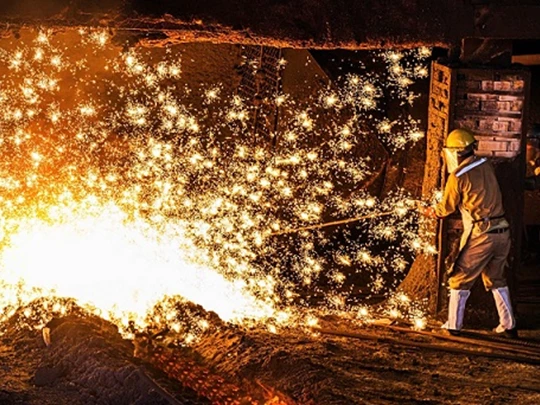

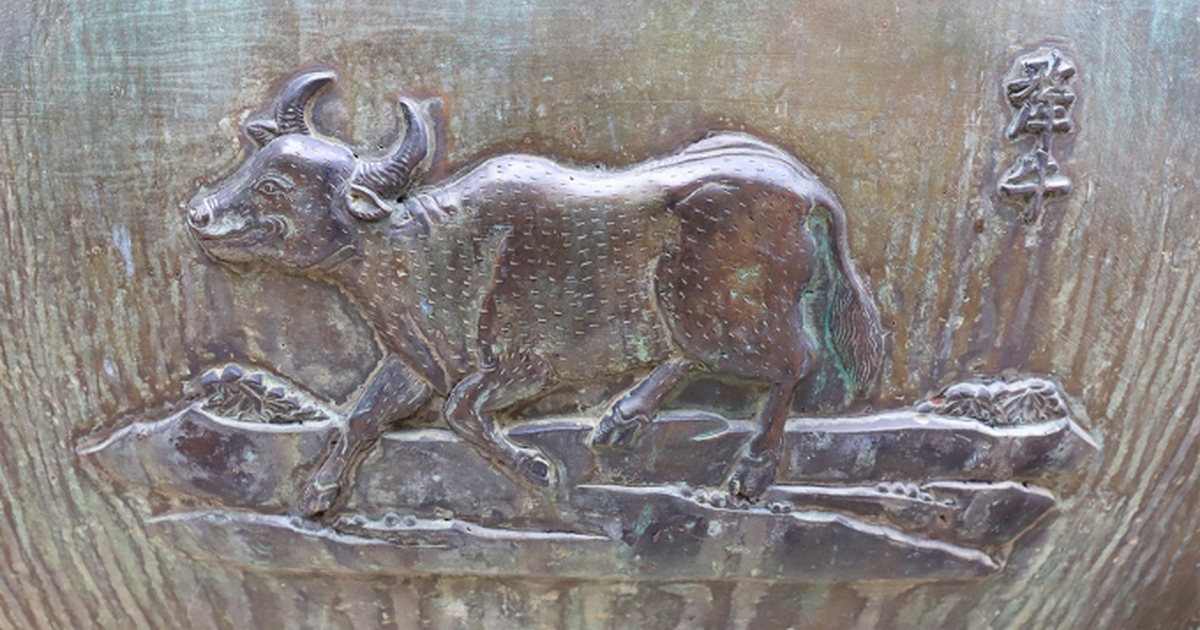

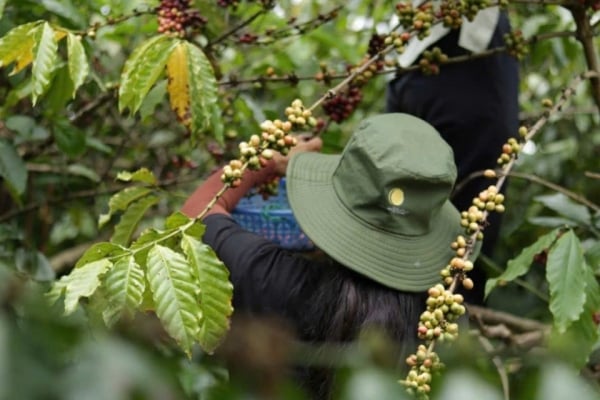

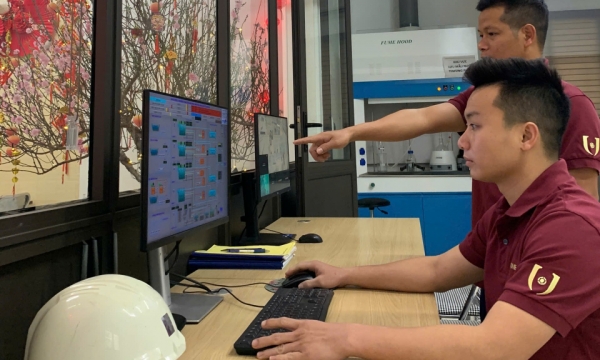
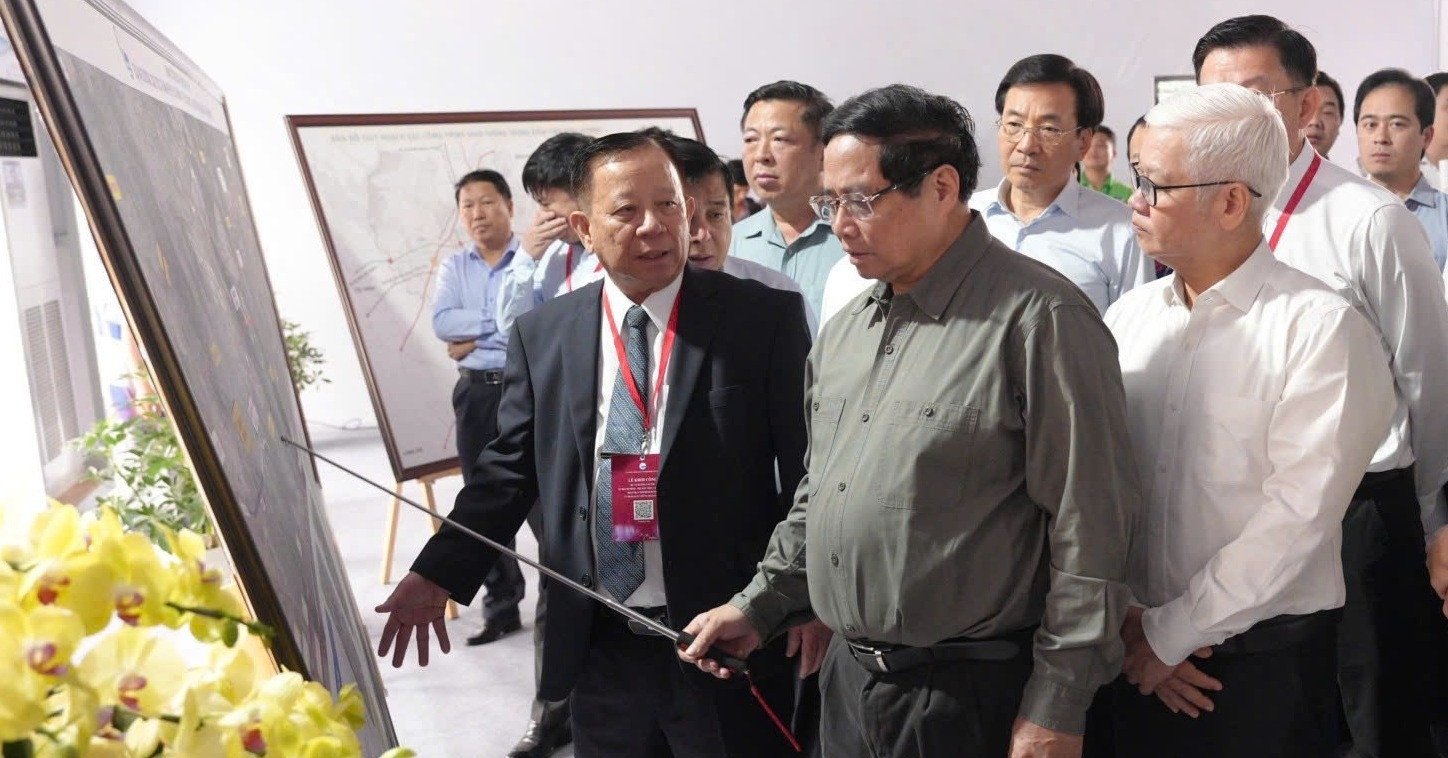

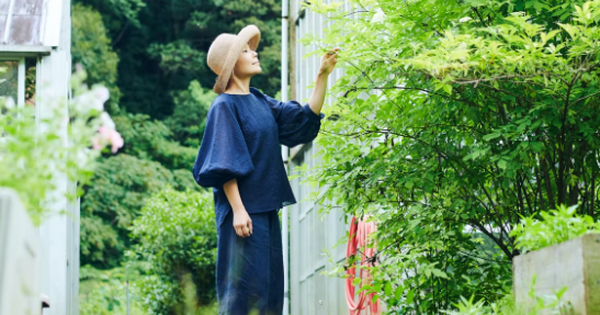

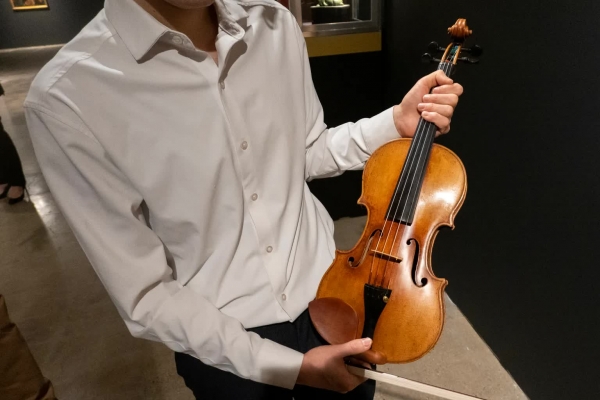

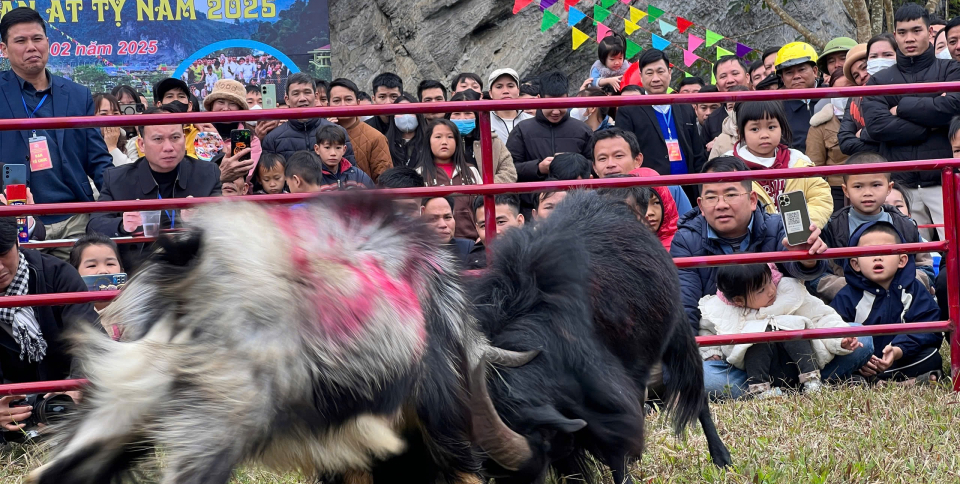
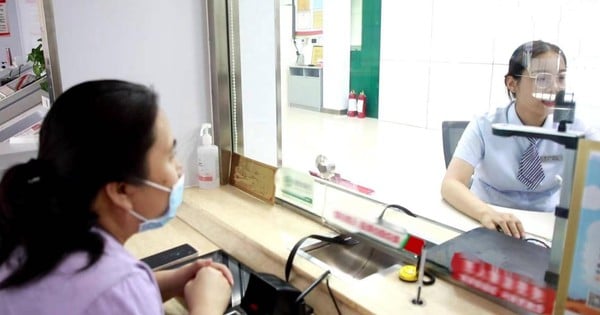

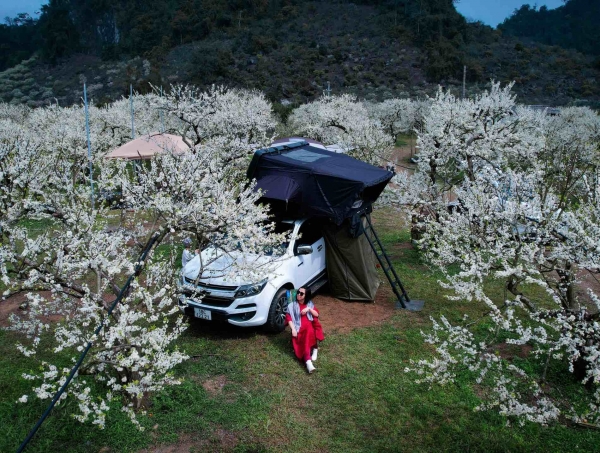
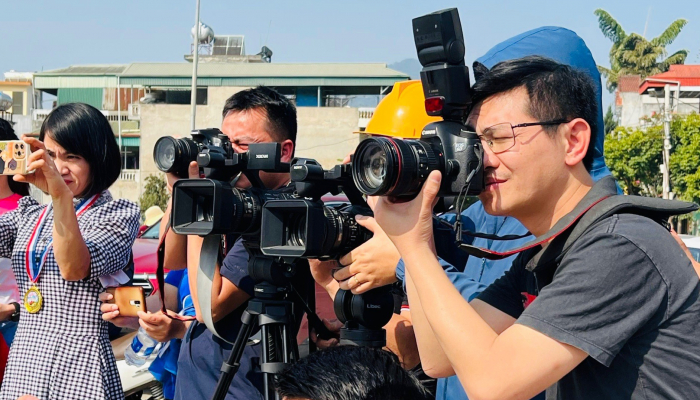
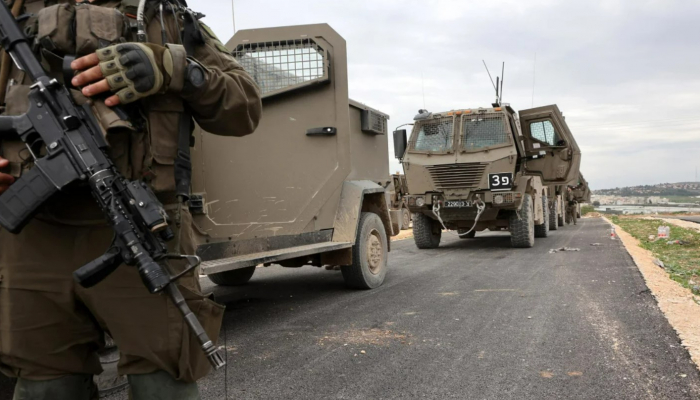

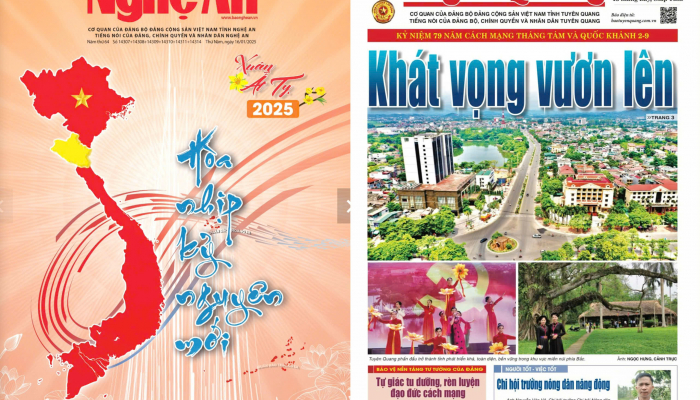

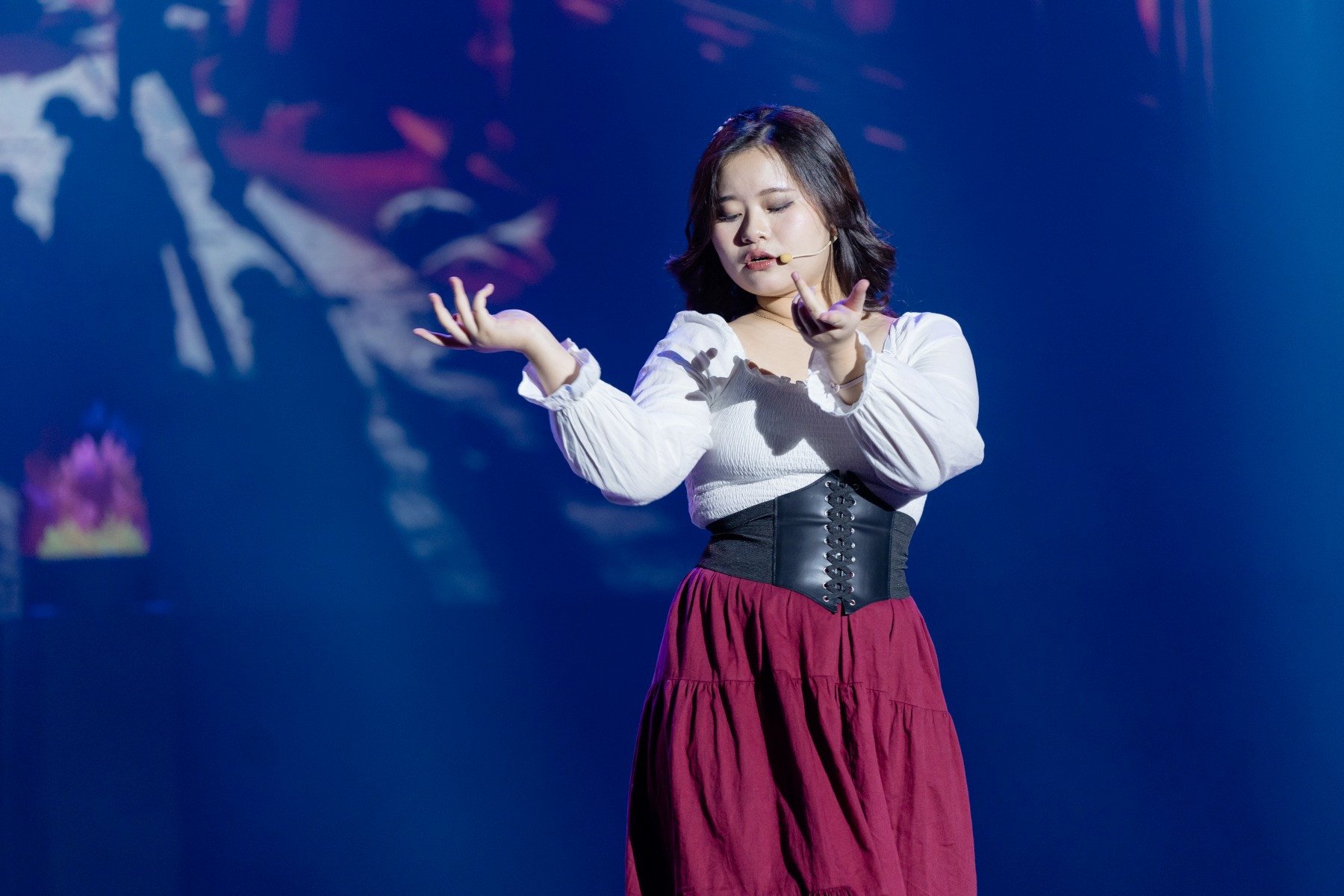
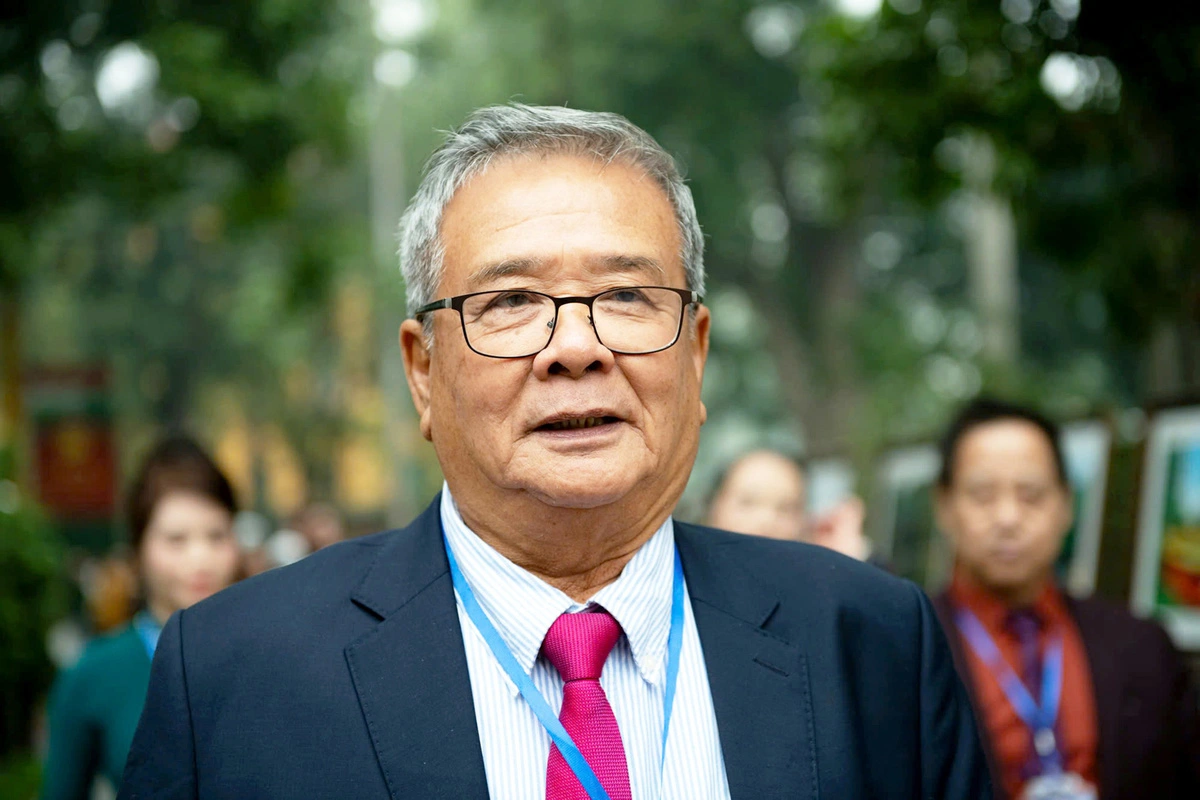

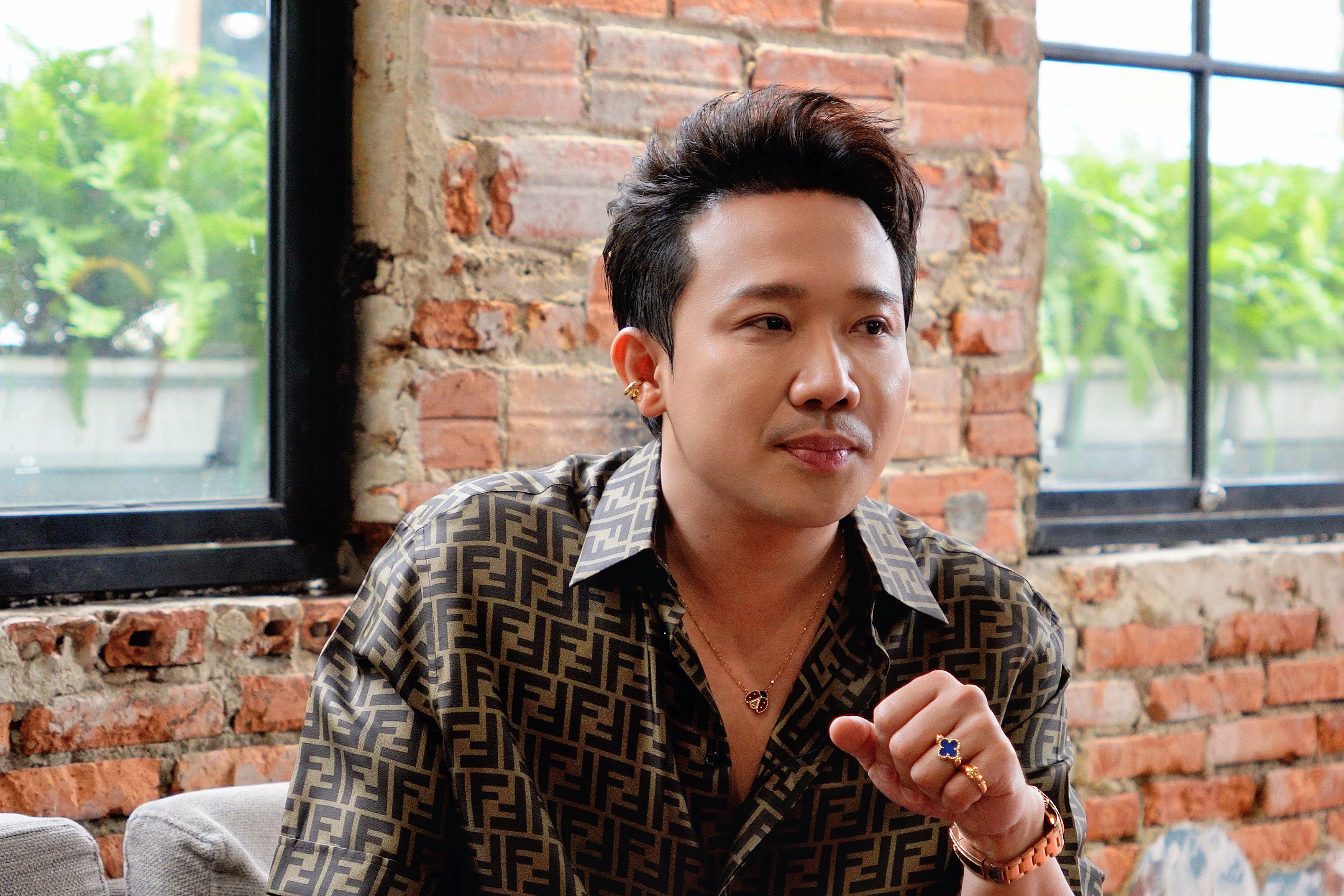

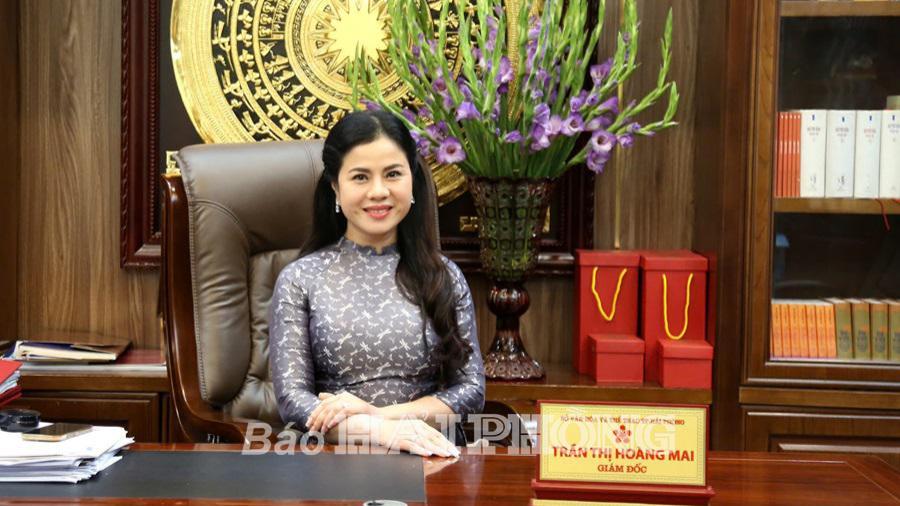

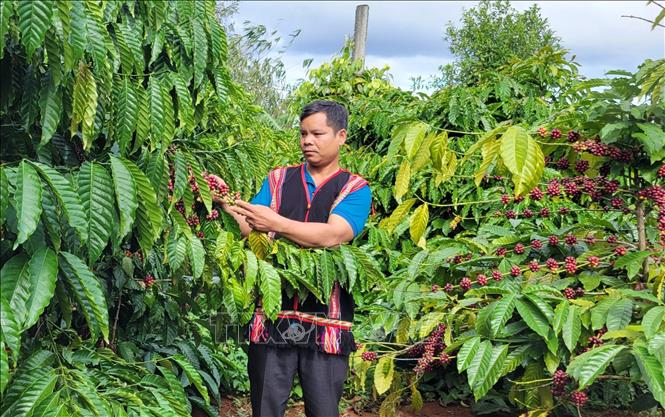





Comment (0)